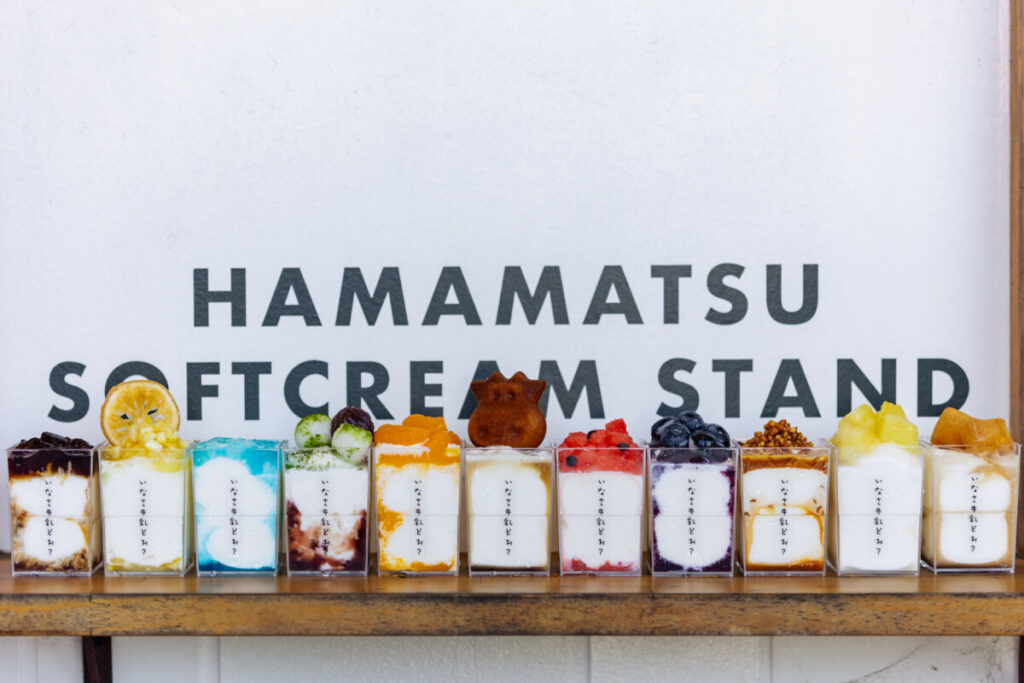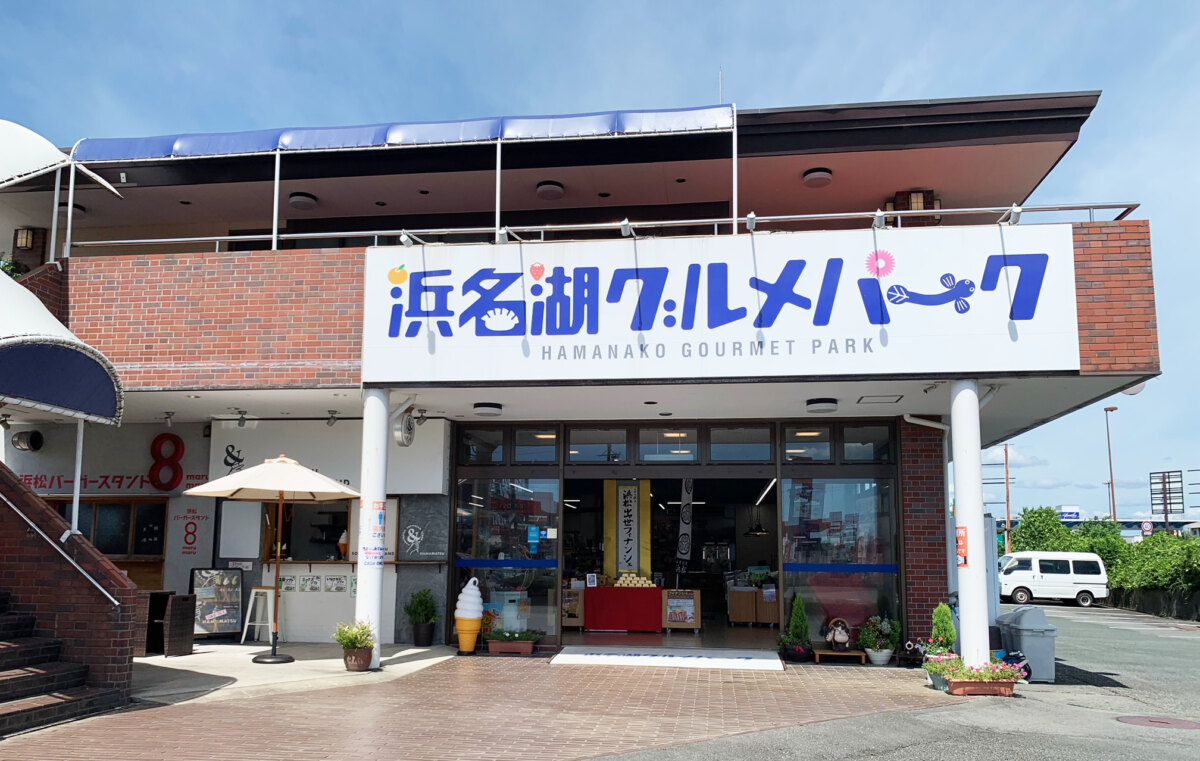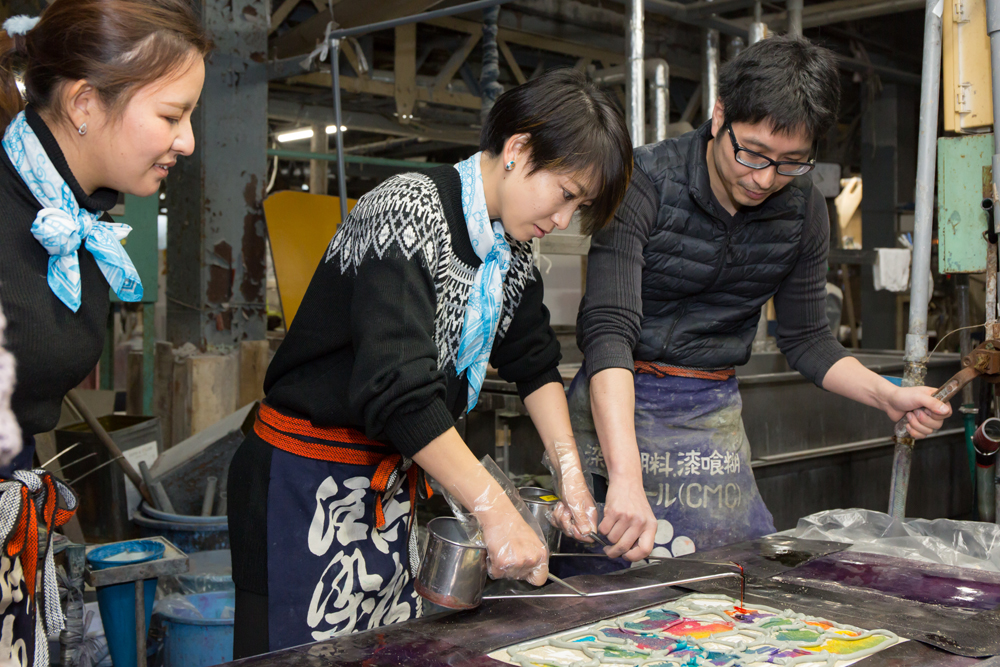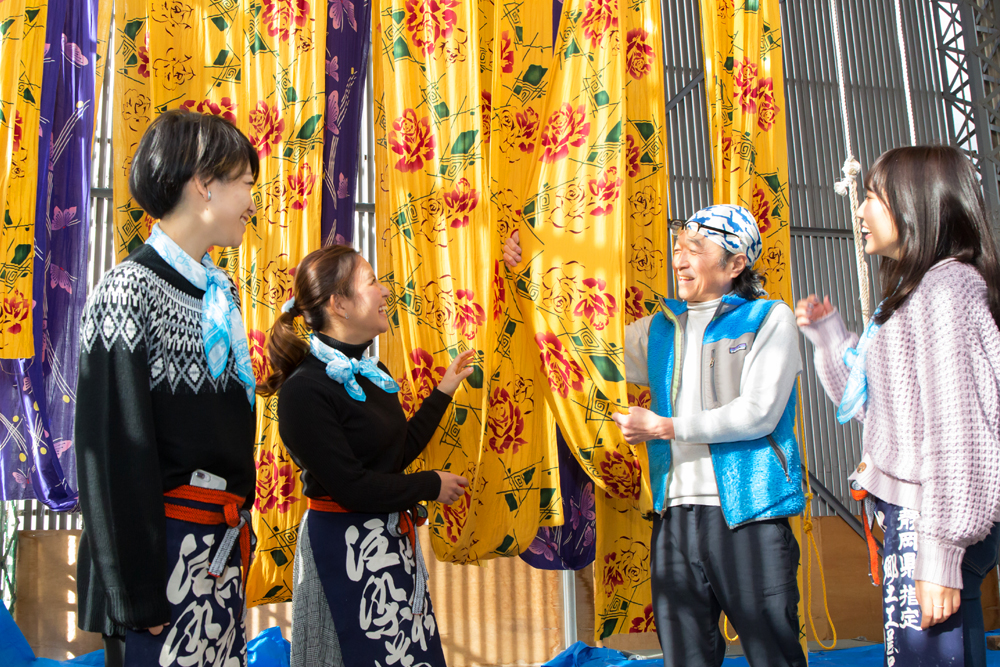Get to Know Hamamatsu
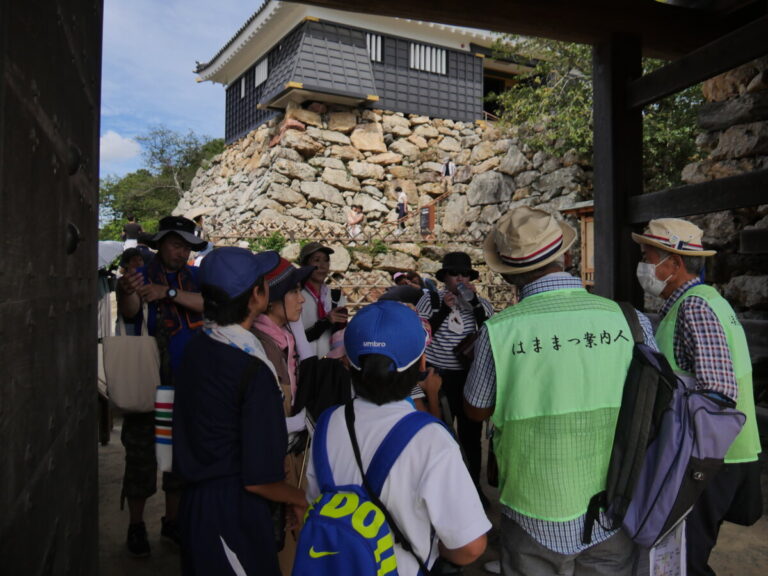
- Watch
Celebrating 26 Years: The Hamamatsu Volunteer Guide Association — Your Experts in Exploring Hamamatsu
The Hamamatsu Volunteer Tourism Guide Association is a group of Hamamatsu guides who come together to promote the tourism industry, including Hamamatsu’s history, culture, and industry.
As of the end of February 2025, the group has 130 members, making it the largest volunteer guide group in the prefecture.
They are active at Hamamatsu Castle, Hamamatsu Station, Saigagake Museum, and Hamamatsu Festival Hall.
Each member guides visitors with a spirit of hospitality, not only from outside the prefecture, but also to people from Hamamatsu city and surrounding cities and towns, with the hope that they will “rediscover Hamamatsu’s wonderful history and culture.”
In 2020, the association’s activities were recognized and it was awarded the “Fujinokuni-Shizuoka Tourism Award Encouragement Award” by Shizuoka Prefecture.
About the Hamamatsu Tourist Volunteer Guide Association
The Hamamatsu Volunteer Tourist Guide Association, established in 1999, is a group of “Hamamatsu Guides,” who are experts in the history, culture, and industry of Hamamatsu and show people around the local area.
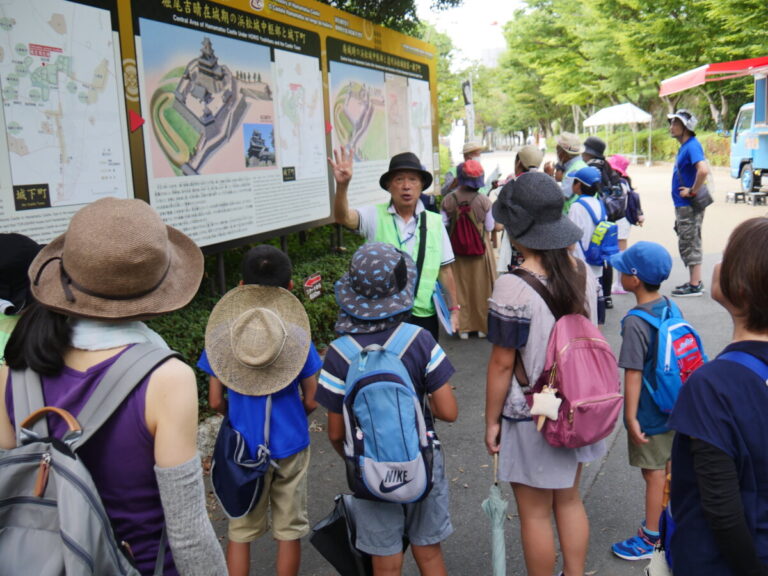
Active in a wide age range from those in their 20s to those in their 90s, the group has 130 members and is the largest volunteer guide group in the prefecture, now in its 26th year.
The activities will take place in four locations: Hamamatsu Castle, Hamamatsu Station, Saigagake Museum, and Hamamatsu Festival Hall.

There are guides resident at each location to help you create memorable experiences while sightseeing in Hamamatsu.
We also focus on activities to help local children learn about their hometown, such as “Hometown Guides,” “Hometown Lectures,” and “Official Lectures at Elementary Schools.”
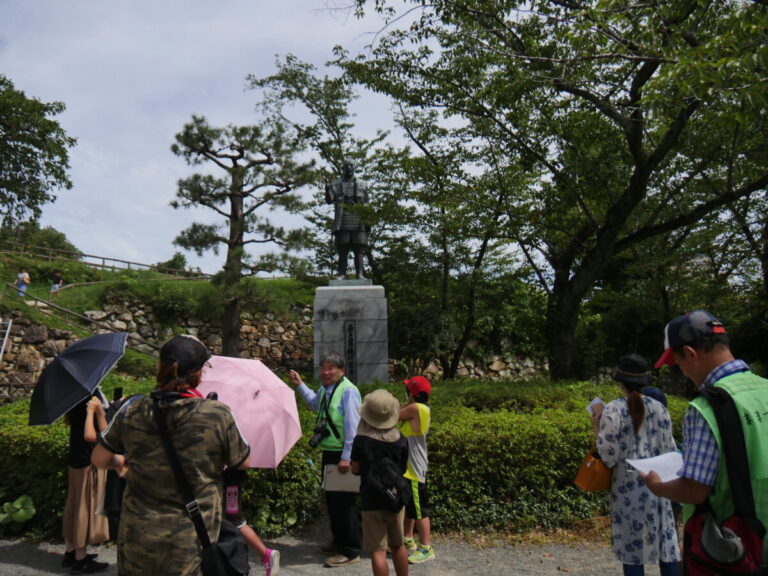
Where the guides are stationed
Volunteer guide staff are stationed at the following four locations.
・Hamamatsu Castle (Weekdays: 10:00-15:00, Saturdays, Sundays, and holidays: 9:30-15:30)
・Hamamatsu City Tourist Information Center ・Inside JR Hamamatsu Station (daily: 10:00-15:00)
・Saigai Museum (Everyday: 9am – 5pm, closed on Mondays)
・Hamamatsu Festival Hall (Sunday: 10:00-15:00)
“I think that knowing the history will deepen your understanding and make it more interesting,” said Secretary General Mr. Koji Kasuga.
I tell them to feel free to talk to me.
In addition to the above, we also offer group guided tours by reservation at the four locations mentioned above, as well as the “Ieyasu’s Walking Trail,” “Hamamatsu Downtown Walk and Hamamatsu Castle,” and “Hometown Lectures.”
The road to becoming a volunteer guide
To become a volunteer guide, you must take the Hamamatsu Guide Newcomer Training Course.
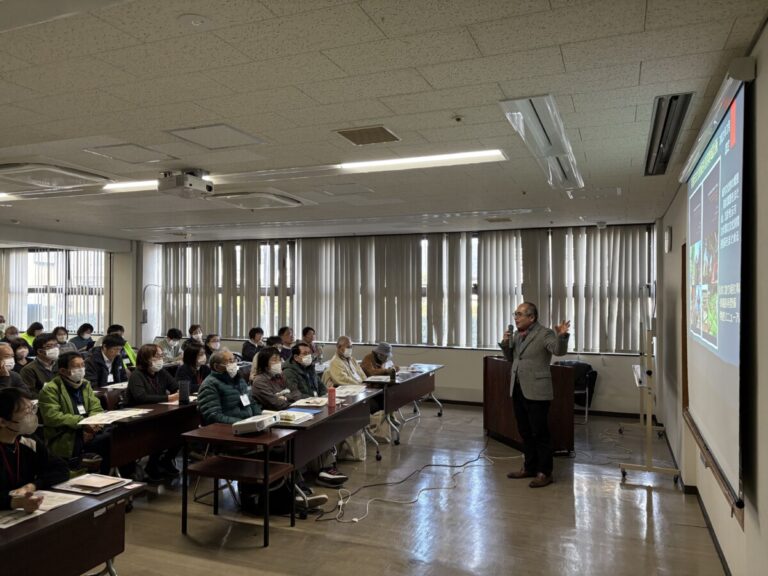
The “Hamamatsu Guide Newcomer Training Course” is held every January, consisting of seven sessions.
The participation fee is 1,000 yen.You will learn about the overview, guide experiences, guide etiquette, the history and charm of Hamamatsu, Ieyasu’s time in Hamamatsu Castle, and exhibits within Hamamatsu Castle.
☆Course Contents☆
① Overview of the guide group – Guide etiquette
② About Hamamatsu’s history and culture
③ What is a castle? – Stone walls of Hamamatsu Castle
④ [On-site training] Walking around Hamamatsu Castle and the surrounding area
⑤ Various things about Hamamatsu – Tourist guide knowledge
⑥ Ieyasu’s walking trail
⑦ Ieyasu during his time in Hamamatsu Castle – Membership procedures
After joining, there will be on-site training (Ieyasu’s Walking Path, Hamamatsu Festival Hall, around Hamamatsu Station, Shointei)
The course is limited to 20 people, and is aimed at people who will be able to work as a guide about three days a month after completing the course.
After joining, you will undergo on-site training at four locations: Ieyasu’s Walking Path, Hamamatsu Festival Hall, Around Hamamatsu Station, and Shointei.
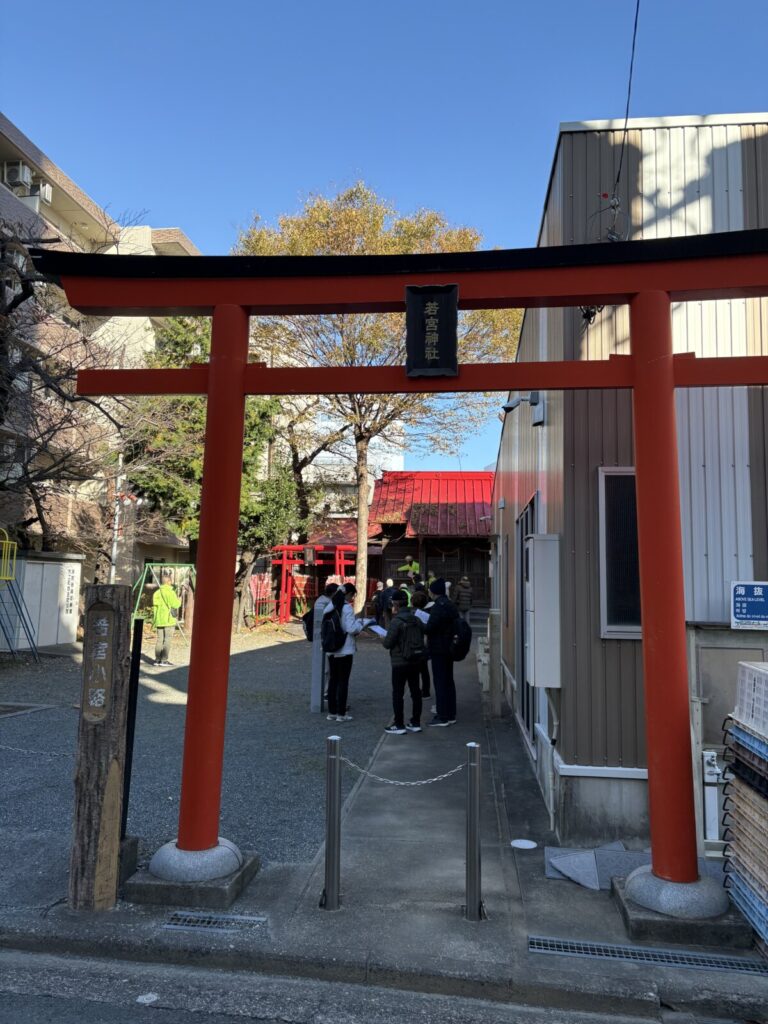
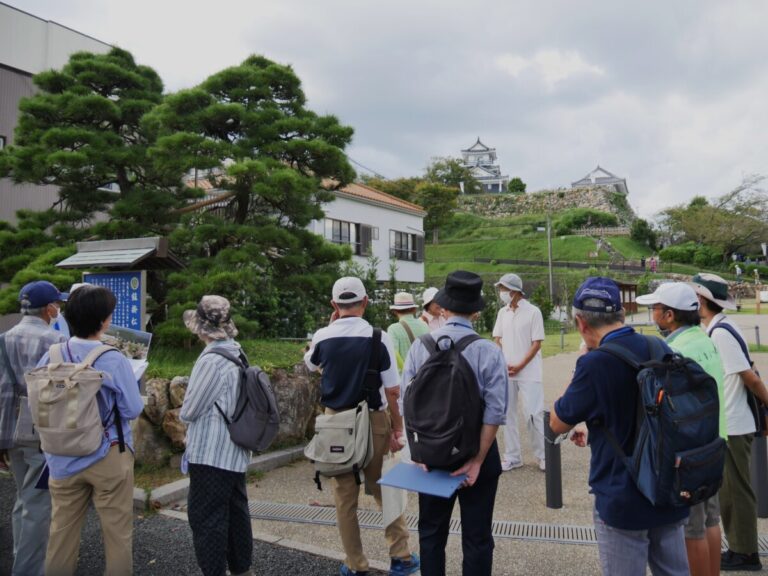
Applications open every October.
The recruitment start date will be announced on the Hamamatsu Volunteer Guide Association’s official website and in Hamamatsu Public Relations.
Response to the broadcast of "Taiga Drama: What Will Ieyasu Do?"
While Hamamatsu Castle’s average monthly visitor numbers are around 20,000, the monthly average during the broadcast of the taiga drama was around 40,000, nearly double that number.
The number of visitors to the Saigagake Museum was also two to three times higher than usual, and the economic impact of the dorama was apparently great.
The unveiling ceremony of the monument in July 2023 also drew many visitors.
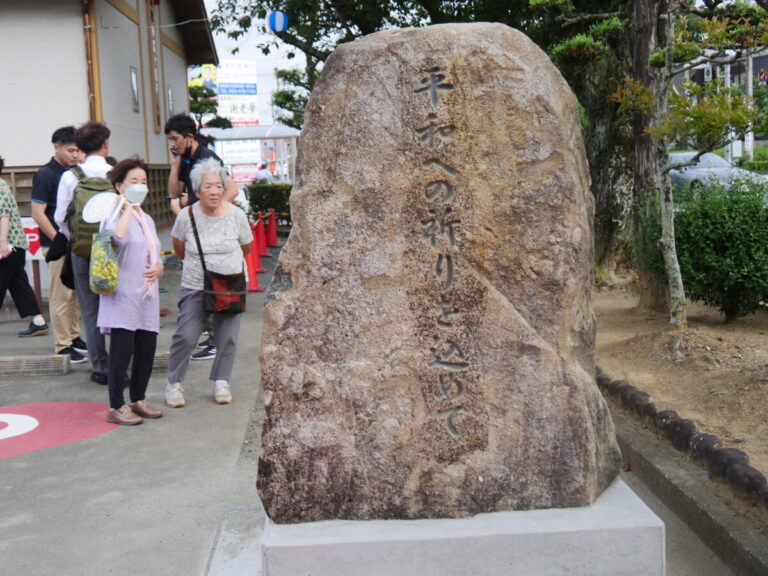
The names of the cast members who appeared in the taiga drama “What Will Ieyasu Do?” are engraved on the back of the memorial.
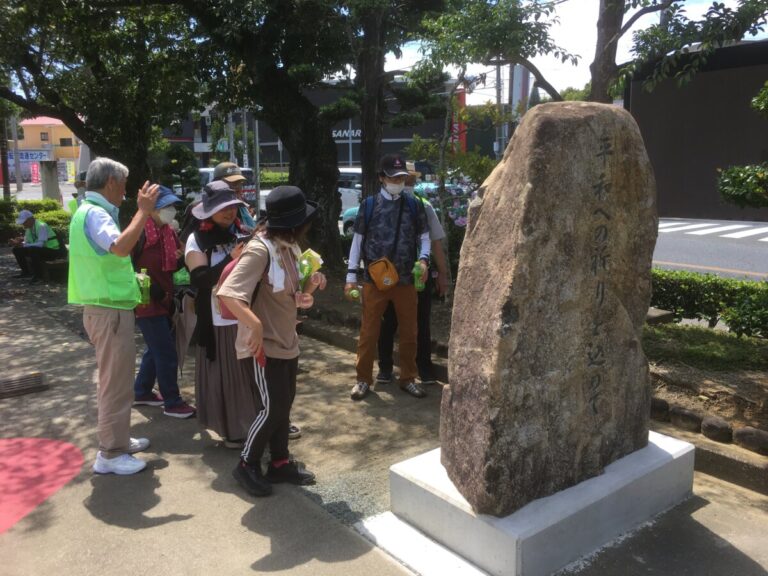
Be sure to check it out the next time you visit the Saigagake Museum!
A message to our readers from Secretary General Mr. Koji Kasuga
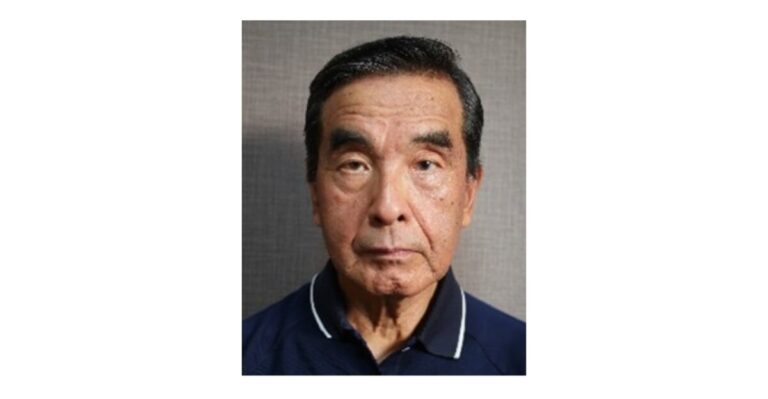
Address: Hamamatsu City, Chuo Ward, Motoshiro-cho 100-2, Hamamatsu Castle
Tel: 053-456-1303
